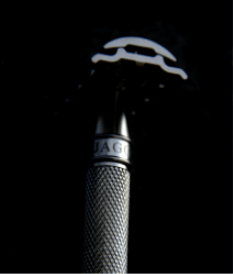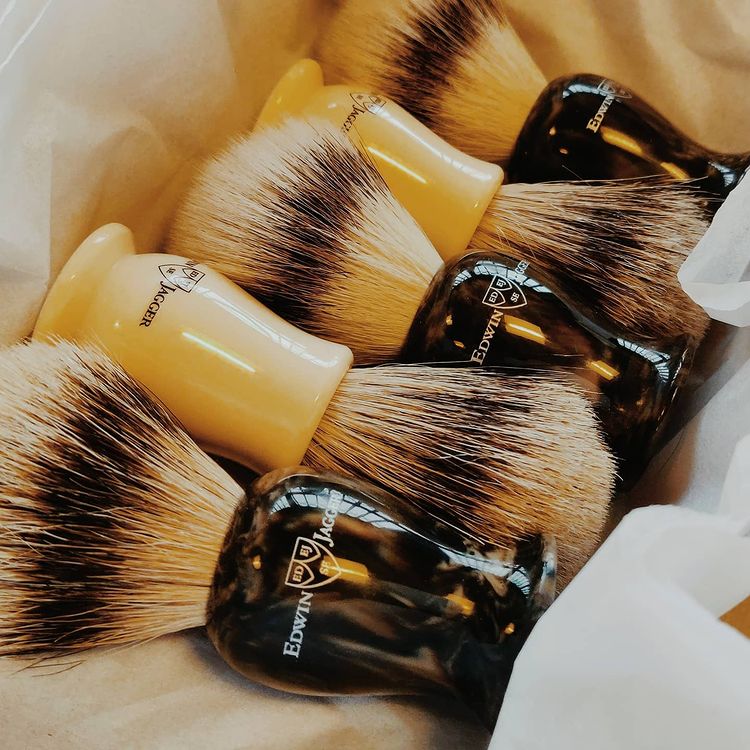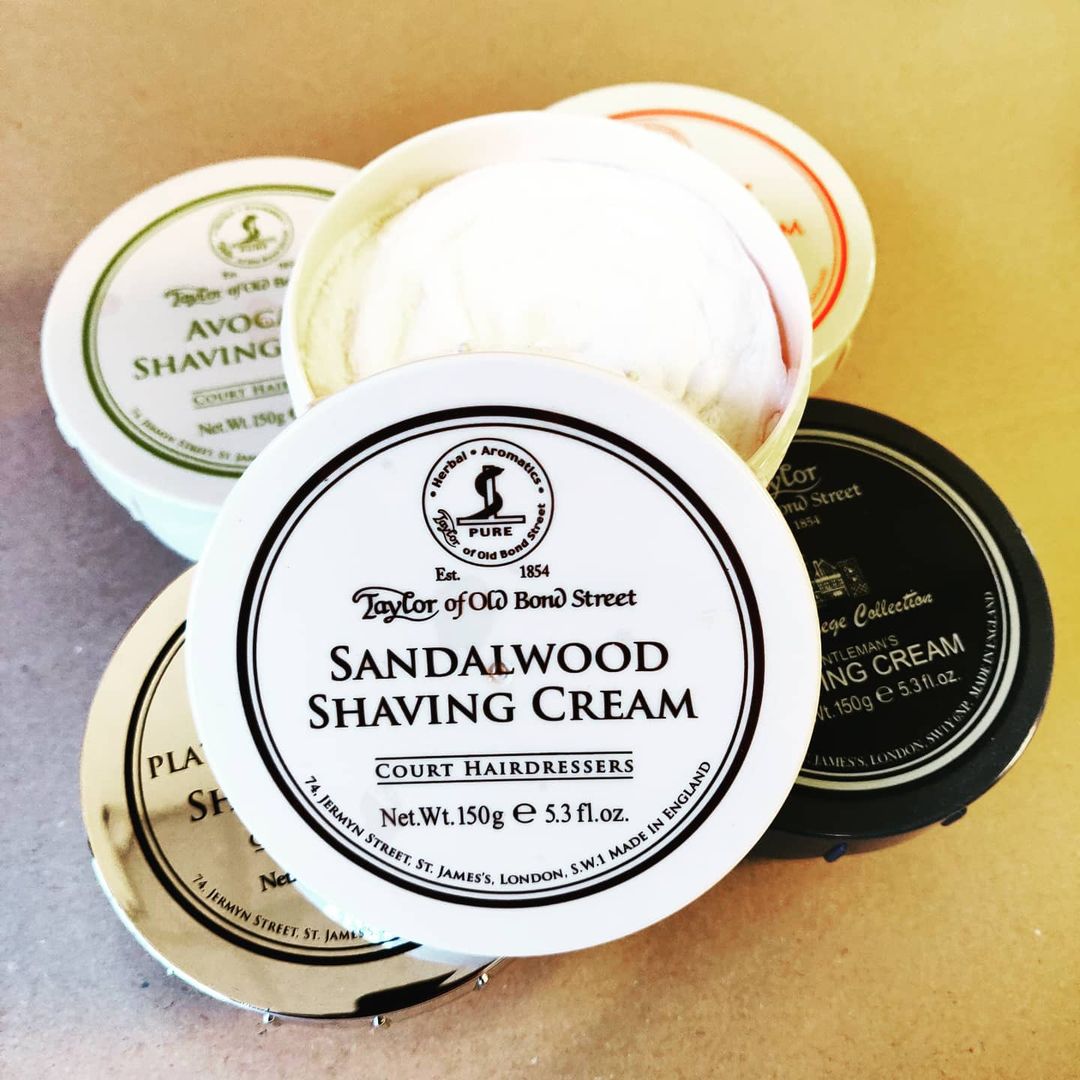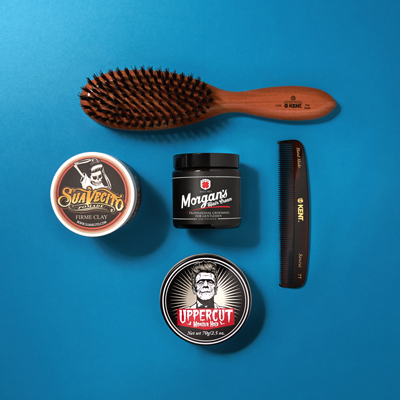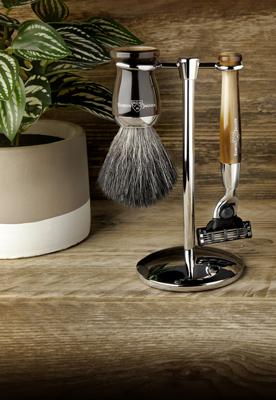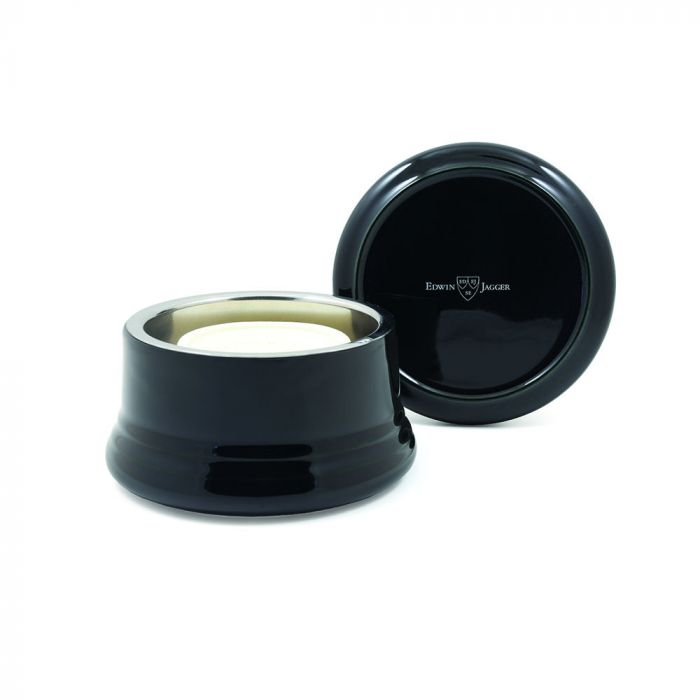Shaving Around the World
Deciding to grow a beard or to shave isn’t just a personal decision. Without realising it, our style and tastes are shaped by the place we live and where we were born and raised. Every culture and locale around the world has a different relationship to facial hair which impacts the way we choose to wear our beards or shave. Learn about shaving around the world with The English Shaving Company.

Shaving in Europe
Beard and shaving styles are similar throughout the Western world today. The world is more connected than ever, with icons from every nationality being celebrated in different cultures and places. With more globalisation, beard styles from various regions become integrated into other cultures. Today, beard and shaving styles across much of Europe are very similar and most countries enjoy a wide range of facial hair. However, some variety between nations still exists... 
France
It’s a cliche stereotype to picture a French man with a carefully waxed moustache (la moustache) and an otherwise clean shave. However, the French shaving and beard styles are much more varied than the cartoons might lead us to believe. In recent years, the full beard has reappeared in France. Le bouc style, the circular goatee beard, is also very popular - especially for those with round faces.
Greece
In Ancient Greece, full beards were associated with wisdom, intelligence, and even divinity. Many men wanted to imitate the full beards that Zeus and Hercules (among other Gods) were depicted wearing in order to assert their masculinity and strength. They even used hot tongs to curl their beards into wavy locks. In Greek culture today, however, the most common style for men is a tidy and short beard. Like the French, this is often in a circle where the cheeks are shaved, but hair is left around the mouth, chin, and as a moustache. Keeping your beard tidy is a key part of Greek beard culture.
Turkey
The traditional Turkish shave is a popular way of shaving that has spread all over Europe, with Turkish barber shops appearing in cities throughout the continent. A Turkish shave uses an open blade in the style of a straight razor, and is a really luxurious experience. (Learn more about shaving with a straight razor on our blog or even learn how to care for your straight razor!) This may lead to the assumption that most Turks are clean-shaven, but that is not the case. There is a huge amount of variety in Turkish facial hair styles and both beards and moustaches have been highly politicised. A small moustache can suggest a right wing political stance, while a bushy moustache or full beard sometimes means the wearer is left wing. The big beard look is becoming increasingly popular in Turkey with younger men, particularly those who are keen to usher in a new era of less conservative politics. The big beard in Turkey can also be linked to the Kurdish nationalist movement as young men look to reclaim the beard from the Western culture that they feel threatens their national identity.
Shaving in Asia
Asia covers such a huge range of different areas and cultures, and each has their own facial hair norms and styles. 
Russia
Russia has a complex history with facial hair. For centuries, a long beard was traditional and so revered that damaging another’s was a crime. However, ever since a beard tax was introduced in 1698, Russia’s relationship with facial hair has varied considerably and become a means of making political statements. Beards in Russia are as politically charged today as they were in the 17th century. In recent years, beards have been used to make statements around homosexuality, gender, and masculinity discussions. The full and long beard is still a common sight, but more and more American-style barber shops are appearing in Moscow, St Petersburg, and other Russian cities.
Japan
 Japanese only has one word for all varieties of facial hair including eyebrows: hige. Traditionally, Samurai had to wear hige in the style of a moustache, but over time facial hair became associated with aggression, low morality, and corruption. It led to centuries of clean-shaven Japanese men who wanted to show their civility. These days, the most common facial hair style in Japan is still the clean shaven look, although beards and moustaches no longer carry the same negative associations they once did. A close shave on a man is also commonly thought to be the style Japanese women find most attractive, which is why it’s often favoured! However, beards, moustaches, and other forms of facial hair are still worn by some men in Japan and are becoming an increasingly popular choice - many put this down to the ongoing Westernisation of traditional Japanese culture.
Japanese only has one word for all varieties of facial hair including eyebrows: hige. Traditionally, Samurai had to wear hige in the style of a moustache, but over time facial hair became associated with aggression, low morality, and corruption. It led to centuries of clean-shaven Japanese men who wanted to show their civility. These days, the most common facial hair style in Japan is still the clean shaven look, although beards and moustaches no longer carry the same negative associations they once did. A close shave on a man is also commonly thought to be the style Japanese women find most attractive, which is why it’s often favoured! However, beards, moustaches, and other forms of facial hair are still worn by some men in Japan and are becoming an increasingly popular choice - many put this down to the ongoing Westernisation of traditional Japanese culture.
Shaving in Africa
Egypt
In Egypt and many other parts of the Arab and Muslim world facial hair can be a signifier of social, political, and religious opinions. Ashraf Khalil, a Cairo-based journalist, told the BBC that he had experiences where people thought his beard signified a deep Islamic religion, leading them to refuse to associate with him. Within Muslim communities, different styles of beards can indicate the Islamic group to which one belongs. For example, a common style for many Muslims is a full and well-groomed beard, while members of one ultra-conservative Muslim group, Salafists, wear long and unmaintained beards as part of their religious and social identity. Beards have significant social associations in other largely Muslim areas in the Eastern world, as well as Northern Africa. In Iraq, for example, wearing a beard can be the safest way to travel without being stopped.
Kenya
Throughout Africa there are a huge number of different tribes, each with a rich history and individual culture. It means that shaving rituals vary hugely even within small regions. For example, young men in the Maasai tribe in Kenya traditionally go through a series of different shaving rituals as they transition into the different stages of manhood. At 14, a Maasai boy can become a warrior and ten years later, a senior warrior. At this stage, his mother will shave his head as a sign of his new status and he is allowed to get married. When he becomes an elder, this ritual is mirrored and his wife will shave his head.  There are a huge range of different shaving traditions, beard styles, and facial hair statements that can be found around the world. When you’re travelling to a new place, why not delve a little deeper into the history and culture surrounding facial hair in that region? It’s near impossible to cover every nationality, culture, and facial-hair heritage in one blog post so we would love to hear the shaving traditions that are common in your community. Let us know in the comments!
There are a huge range of different shaving traditions, beard styles, and facial hair statements that can be found around the world. When you’re travelling to a new place, why not delve a little deeper into the history and culture surrounding facial hair in that region? It’s near impossible to cover every nationality, culture, and facial-hair heritage in one blog post so we would love to hear the shaving traditions that are common in your community. Let us know in the comments!



